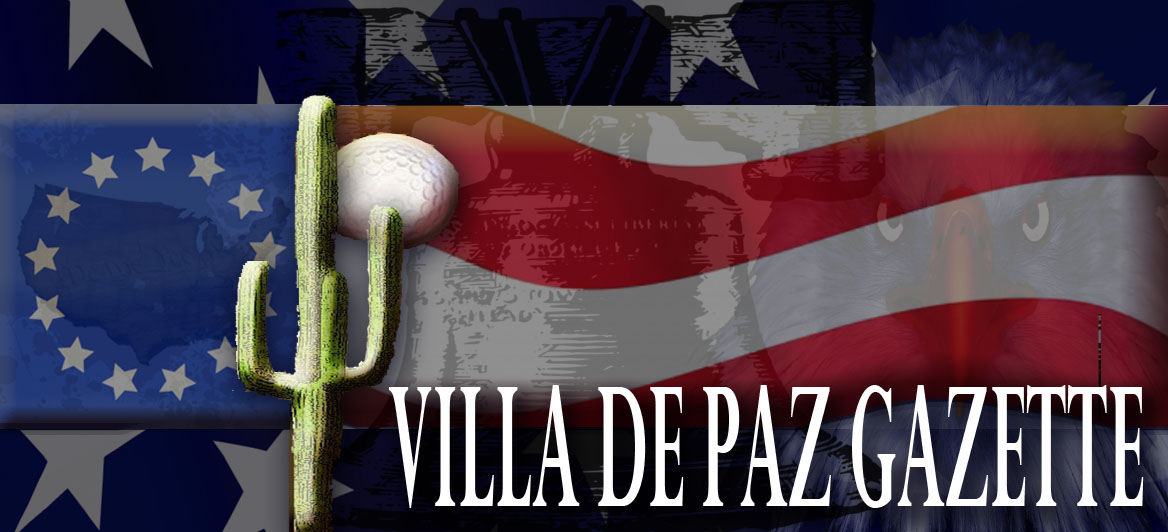Staff Writer, Nicole Meyer-Greene
GMO / Pesticides / Butterflies________________________________
The latest campaign against the chemical and biotech company, Monsanto, is the race to save the Monarch Butterfly. Pollinators like bees, butterflies not only serve an aesthetic purpose but also a food source reproducer. Without pollinators, there are no foods.
 Monsanto vs the Monarch: The main cause of the monarch butterfly's decline is the loss of milkweed — its food — in its U.S. breeding grounds, a new study has found. That all but confirms that the spread of genetically modified crops is indirectly killing the monarch. Insect Ecologist Chip Taylor agrees. He also blames GMO crops for the collapse of the Monarch butterfly. If the Monarchs can be said to have a fatal flaw, it’s that they’re are entirely dependent upon milkweed. The long-term loss of the Monarch's milkweed habitat has been due to the adoption of herbicide-tolerant crops. "I don’t think there’s any question about it. The statistics are really quite clear." -Chip Taylor, Insect Ecologist and Founder of Monarch Watch. What price we pay for GMO technology. Plant milkweed! SAVE THE MONARCH!
Monsanto vs the Monarch: The main cause of the monarch butterfly's decline is the loss of milkweed — its food — in its U.S. breeding grounds, a new study has found. That all but confirms that the spread of genetically modified crops is indirectly killing the monarch. Insect Ecologist Chip Taylor agrees. He also blames GMO crops for the collapse of the Monarch butterfly. If the Monarchs can be said to have a fatal flaw, it’s that they’re are entirely dependent upon milkweed. The long-term loss of the Monarch's milkweed habitat has been due to the adoption of herbicide-tolerant crops. "I don’t think there’s any question about it. The statistics are really quite clear." -Chip Taylor, Insect Ecologist and Founder of Monarch Watch. What price we pay for GMO technology. Plant milkweed! SAVE THE MONARCH! MSN Canada published on article, Monarch butterfly decline linked to spread of GM crops, which linked GMOs and pesticides to the decline in the population:
The study, published today in the Journal of Animal Ecology, shows this decline in milkweed is the main cause of the monarch's recent population decline, not deforestation in Mexico. If this milkweed loss continues, the study predicts, monarch populations will fall at least another 14 per cent and there is a five per cent chance they will be driven nearly to extinction over the next century .
Study co-author Ryan Norris, a biology professor at the University of Guelph, said that "likely the biggest cause of loss of milkweed is the adoption of genetically modified crops."
Farmers have been increasingly planting corn and soybeans resistant to herbicides, and then applying those herbicides liberally on their fields. That kills off plants between the rows of crops that aren't resistant, such as milkweed.
That's been a big problem for the butterflies. Even now, 67 per cent of milkweed plants in the butterflies' breeding grounds are found in "agriculture-intensive landscapes," the study reported.
In the article, Monsanto vs. the monarchs: The fight to save the world’s most stunning butterfly migration, the conclusion is just as grim. Yet there is hope if people come together and make a difference:
We can’t just convert everything into an agricultural field or an urban environment. We have to maintain the wildlife out there. This is as fundamental as our relationship with nature, but also the reality is about 70 percent of that native vegetation out there is insect pollinated and if you don’t have the insects, you lose the plants, and if you don’t have the plants you lose the things that feed on those plants. So we’ve got to keep this system together. People don’t understand this, but everything’s connected out there and we have to maintain those connections.
So the next time you pull a milkweed or spray pesticides in your yard for a fictional manicured look, remember that you like big corporations are the problem. Be the solution: stop spraying pesticides and grow to love your weeds.
Without milkweed, there is no Monarch Butterfly.
Source: MSN Canada, Salon
